Buzzwords, how Disney helped two boys and led to the birth of ALL.
By Elaine O’Regan.
EDITOR, OUT ON YOUR OWN, SUNDAY BUSINESS POST
By the time Enda Dodd found himself in the office of Disney Pixar founder Ed Catmull in Emeryville, his quest to find help for his twin sons Conor and Eoin, who both been diagnosed with nonverbal autism, had already taken him and his family from their home in Galway to the West Coast of America. Dodd and his wife Valerie had relocated the family to California in 2003 in search of cutting-edge interventions that, they hoped, would help their sons communicate in a verbal world.
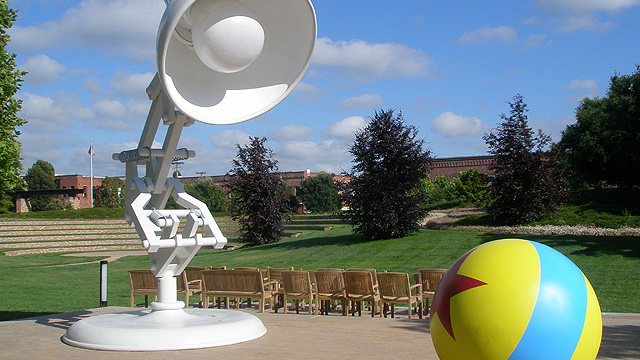 Disheartened by the options on offer, Dodd, an electrical engineer with an established career in the med tech sector, had decided to apply his own skills in product development to find a solution. At home, he noted the boys’ lively response to Disney’s roster of animated movies and saw, in their engagement, a glimmer of hope. I went to Ed Catmull and I said, look, I know my sons can’t communicate, but when they see your movies, they suddenly start pretending they are Buzz Lightyear. They’re rolling around on the floor and are communicating in a way we do not see in any other sphere, Dodd said. By applying his own skills, Dodd was convinced he could build on these responses to develop a language learning system for children with nonverbal autism that would have animation at its core. But, to do that, he needed Disney’s help. I wanted open access to their media, from Toy story to the Lion King, across the spectrum of their animation, he said. Disney is very sensitive about people tearing their movies apart, but they stuck with me and they continue to do so to this day.
Disheartened by the options on offer, Dodd, an electrical engineer with an established career in the med tech sector, had decided to apply his own skills in product development to find a solution. At home, he noted the boys’ lively response to Disney’s roster of animated movies and saw, in their engagement, a glimmer of hope. I went to Ed Catmull and I said, look, I know my sons can’t communicate, but when they see your movies, they suddenly start pretending they are Buzz Lightyear. They’re rolling around on the floor and are communicating in a way we do not see in any other sphere, Dodd said. By applying his own skills, Dodd was convinced he could build on these responses to develop a language learning system for children with nonverbal autism that would have animation at its core. But, to do that, he needed Disney’s help. I wanted open access to their media, from Toy story to the Lion King, across the spectrum of their animation, he said. Disney is very sensitive about people tearing their movies apart, but they stuck with me and they continue to do so to this day.
Following his meeting with Catmul, Dodd established Animated Language Learning, ALL, in San Francisco in 2012. I took the boys out of their school setting and brought them home. I set up several computers that could show segments of the Disney movies which were engaging the boys, he said. As I started to sort through the clips which had the biggest impact, I could see that the boys were emulating physically what they were seeing, whether its Buzz and Woody fighting outside or running around Andy’s bedroom.
I started labeling the activities with words. I then discovered that we could do the same thing, not only to attend my actions, but also identify emotions like sadness or happiness. Within months Dodd began to see a profound change in his sons’ ability to communicate. They started to become literate whereby they could read and write. We then followed a pattern of teaching the boys to express in speech the words they were seeing. We went from the strength of visual learning to literacy, speech and listening skills, he said.
 Having established ALL with Disney support, Dodd’s next port of call was the Adobe Silicon Valley headquarters. I contacted their chief executive on a technical issue. He put me in touch with the division of the company that focuses on e-learning technologies. They opened their resources to me, he said. If I had not had Adobe Systems, it would’ve cost me millions to build the necessary software to carry the total learning program. They created tools for us that allowed us to splice together Disney video clips with text and sound language to create a sequence, which would be useful to the child.
Having established ALL with Disney support, Dodd’s next port of call was the Adobe Silicon Valley headquarters. I contacted their chief executive on a technical issue. He put me in touch with the division of the company that focuses on e-learning technologies. They opened their resources to me, he said. If I had not had Adobe Systems, it would’ve cost me millions to build the necessary software to carry the total learning program. They created tools for us that allowed us to splice together Disney video clips with text and sound language to create a sequence, which would be useful to the child.
Dodd is currently piloting the all system with 300 families around the world and has plans to extend this to reach 1000 families within the next year. He has relocated ALL research to the NUI Galway business innovation campus. His next step is to commence discussions with Microsoft with a view to partnering with the Bill and Melinda Gates foundation on ALL’s eventual full-scale rollout. The Gates Foundation in combination with Microsoft works with over 30,000 school districts around the world he said. If I could connect into an organization like that we would have the means to get this successfully to everyone who needs it.

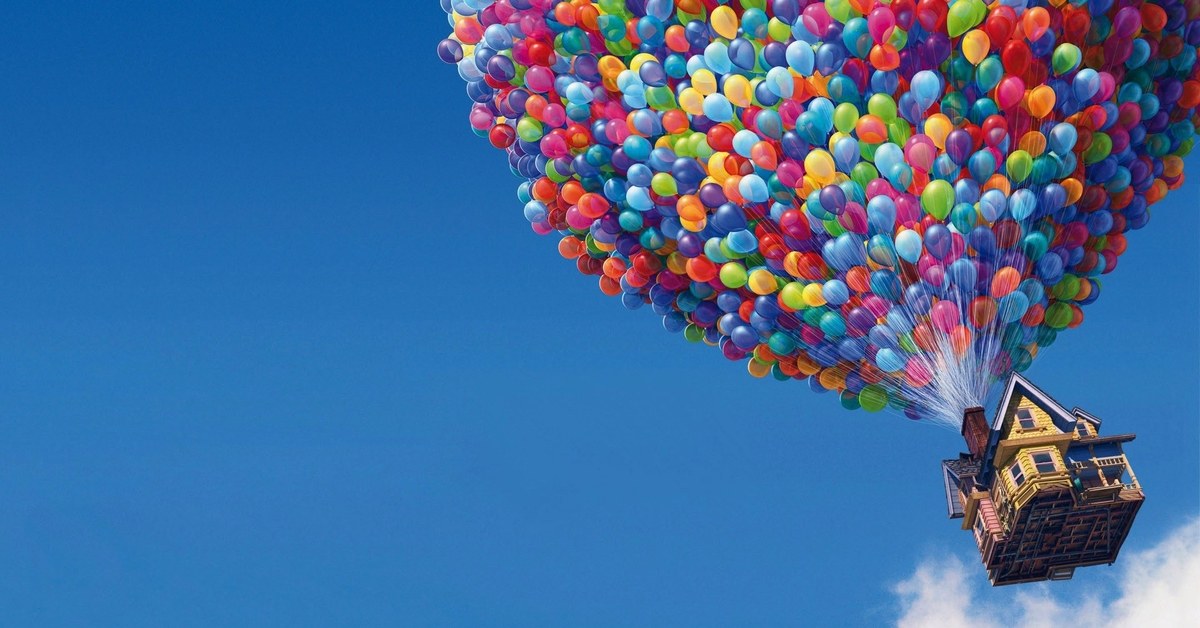
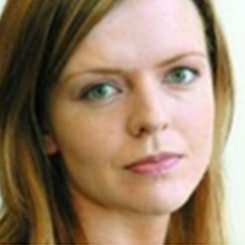
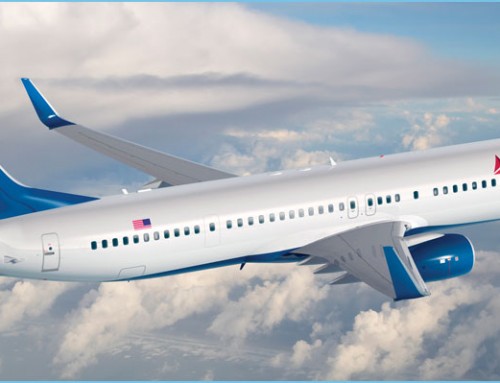
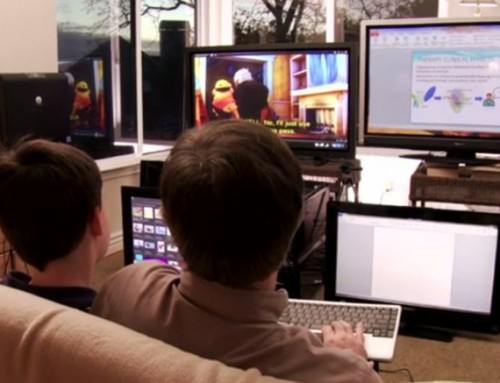
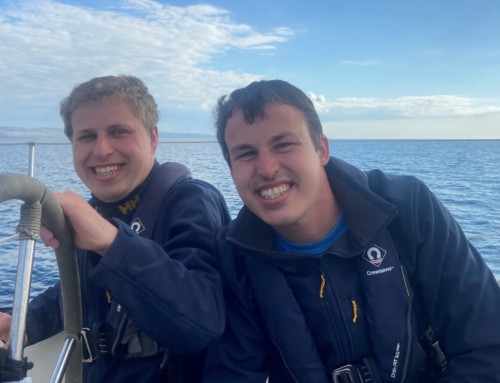
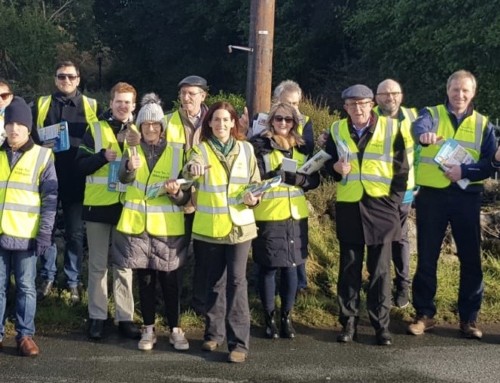
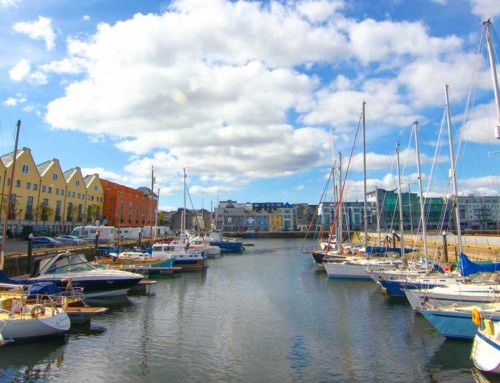
Leave A Comment